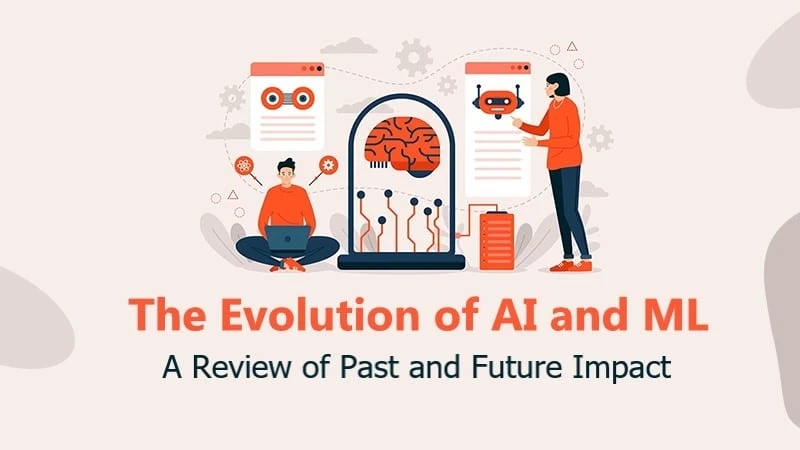Evolution of AI ML Solutions – A Review of Past and Future Impact
Explore the transformative journey of AI and ML solutions. From historical milestones to future perspectives, understand the impact on industries and society.


Explore the transformative journey of AI and ML solutions. From historical milestones to future perspectives, understand the impact on industries and society.

